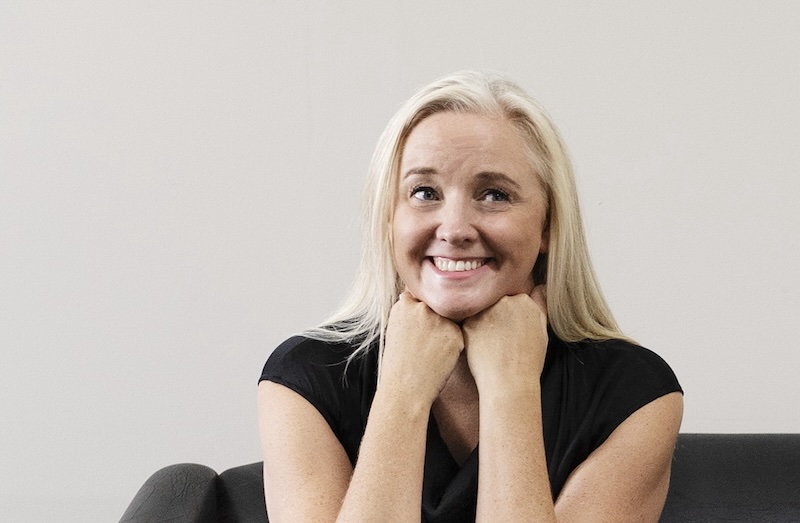Maritime authorities have issued a paddleboarding safety warning after a fatal incident in New Zealand.
A teenage boy using a stand up paddleboard.
Photo: 123RF
Research from Maritime NZ and Ipsos New Zealand shows the rising popularity of paddleboarding has led to an increase in incidents and rescues.
Now stand up paddleboarding experts are warning these incidents could be set to increase in frequency, if safety concerns are not addressed.
This comes after the release of a coroner’s report into the death of paddleboarder and full time swimming teacher and lifesaver – Joanne Dening.
She drowned in 2019, at Wenderholm Regional Park, North Auckland, after her leg rope became entangled around a buoy when she fell from her board.
Open Justice reported the swimming coach died after falling off a stand-up paddleboard, despite the attempts of several people to save her.
Coroner Katharine Greig ruled a combination of factors contributed to the Englishwoman’s death, including the use of the wrong leash, the fact she didn’t have a personal flotation device (PFD) and was in conditions outside her ability.
The coroner said her death highlighted the dangers of the sport and the need for education.
New Zealand Stand Up Paddling (NZSUP) safety officer Bill Dawes said the death was a tragic reminder that the pastime could quickly become dangerous if people did not have sufficient knowledge or equipment to suit the conditions.
“All the team at NZSUP were shocked and horrified at the news of the fatality.
“Not just because it’s such an awful tragedy, but also because it brings home the reality that we have a genuine problem here,” he said.
The latest Maritime New Zealand and Ipsos research showed more than 2.1 million New Zealanders took part in some manner of recreational boating in the three months to June 2022.
It also showed 56 percent of the population over the age of 18 had engaged in water activities, up from six percent on the same time last year.
Stand-up paddleboards have become one of the popular recreational water activities, with Maritime NZ research showing they are the third most commonly used vessels in recreational water activity in the country.
“The market has changed dramatically over the last 5-6 years due to an influx of cheap boards available from high street stores and online,” said Dawes.
“In the northern hemisphere, participation numbers have gone through the roof over the last few summers, and it is entirely probable we’re going to see the same here this summer.”
The sport’s rise popularity had also led to an increase in incidents and rescues, he said.
A teenager also died paddleboarding in Whangamata Harbour in 2015, when she was dragged under a boat by the current and her leg rope became entangled in the boat’s keel.
Maritime NZ principal advisor, recreational boating Matt Wood said education was key.
“Don’t assume that, because you’re experienced in other water activities, you’ll automatically know what’s best for SUP,” said Dawes.
“If you are starting out as a newcomer to the sport we recommend getting a lesson if at all possible.”
Planning was also essential.
“It’s only when you understand what the risks are and what they look like, that you can counter them. The first part of SUP safety is gaining this knowledge.”
“But this young lady’s death is a sad reminder that, no matter how safe an activity might appear, people need to plan, be prepared and respect the level of their experience,” he said.
In the report on Dening’s death, the coroner made a number of recommendations including the use of appropriate equipment for the conditions, such as quick-release waist leashes in moving water.
The report also recommended novice paddleboarders started in sheltered waters to familiarise themselves with hazards and that they should wear personal floatation devices, where appropriate.
The coroner also recommended Maritime New Zealand post safety information on social media about the lessons learnt over the circumstances of Dening’s death.
– RNZ / Open Justice





















Discussion about this post